This section contains information on the study, the area, the people who contributed towards this study, and further information.
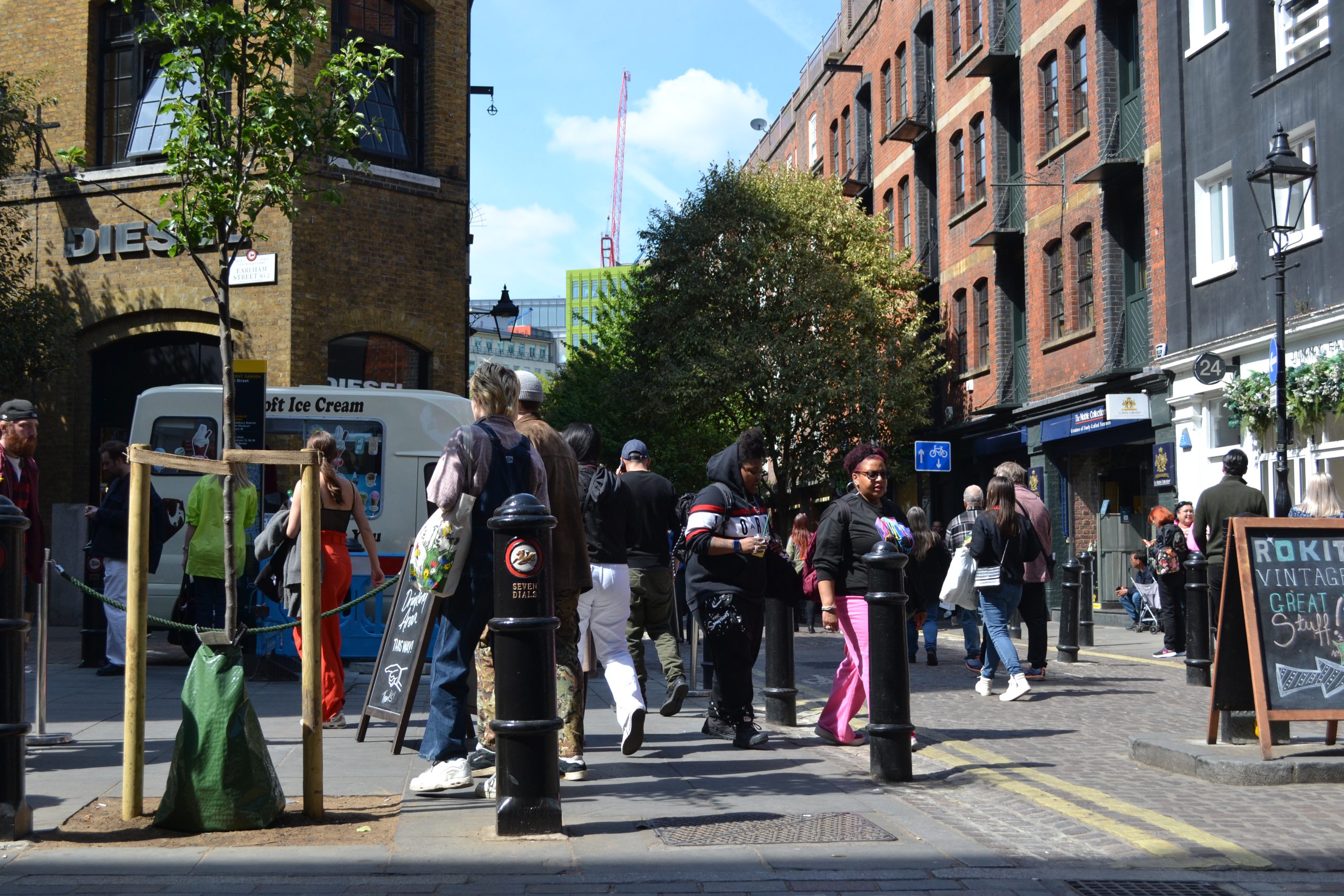
Forewords
Forewords to the study.
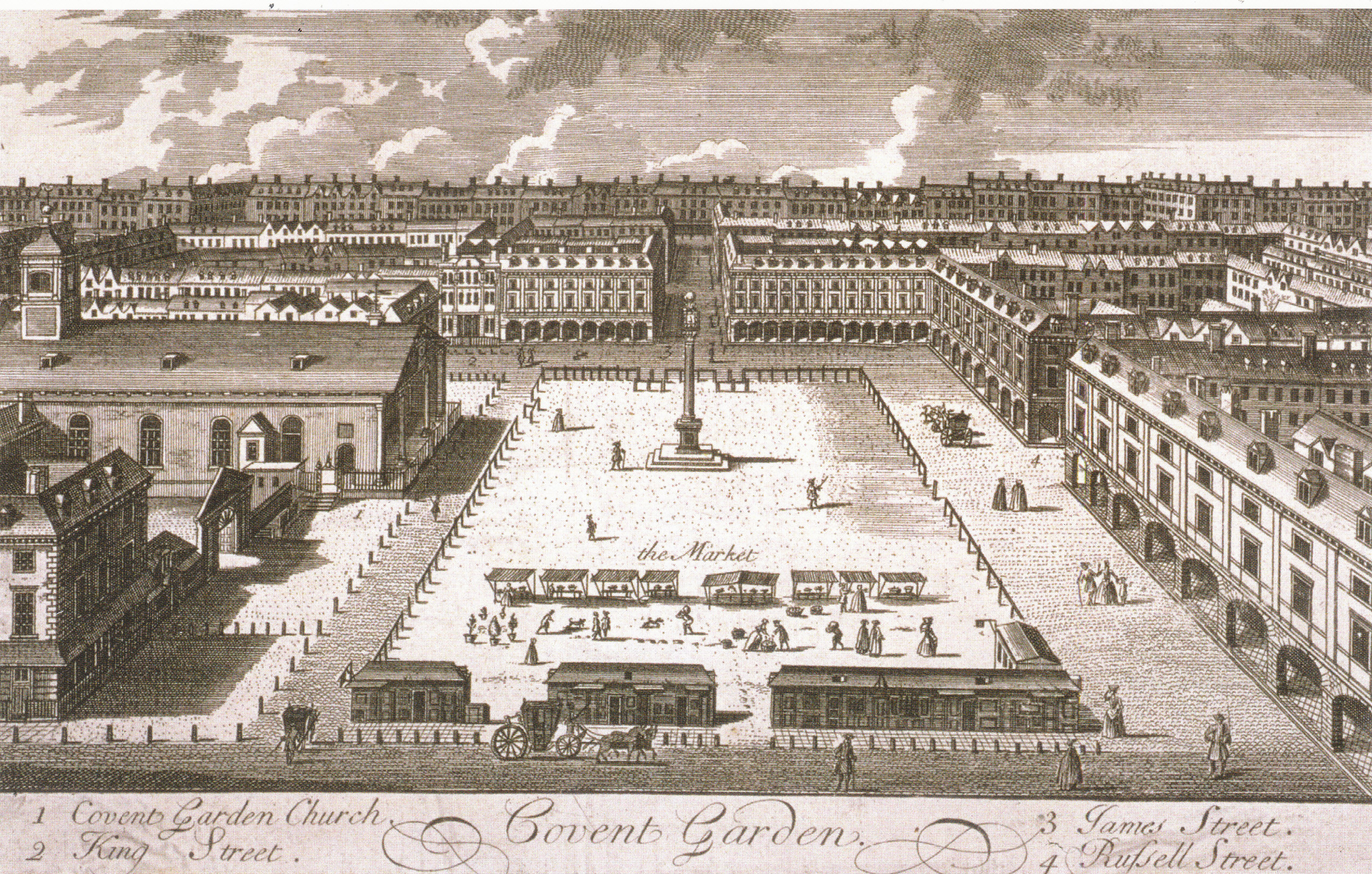
About the Study
The Seven Dials Renaissance Study is about looking after and improving the public realm where we live, where we work and where we visit. Its thesis is simple: take the totality of the public realm – streets, façades and the spaces between buildings – and create a shared long term vision to which all can subscribe and contribute, whether financially or through their own detailed knowledge.
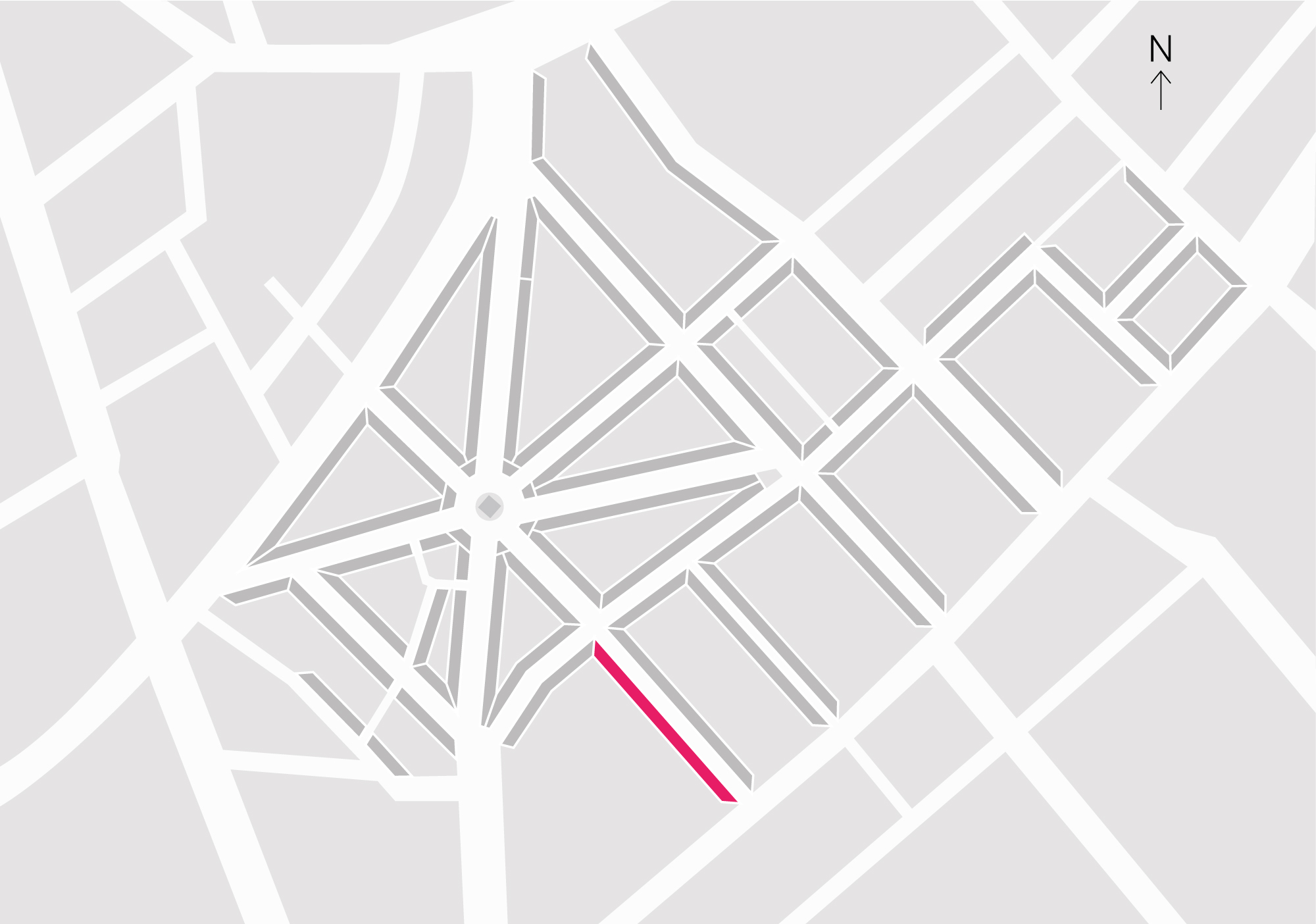
Key Principles and Objectives
The Seven Dials Renaissance Study is about looking after and improving the public realm where we live, where we work andThe Study takes as a basic premise that streets are like rooms, with floors and walls. And the most attractive are those with a degree of harmony. The floors or streets are under public ownership and the walls or buildings mostly under private ownership. To maintain and enhance the totality of the public realm, partnership working is essential and should be based upon a shared and practical vision.
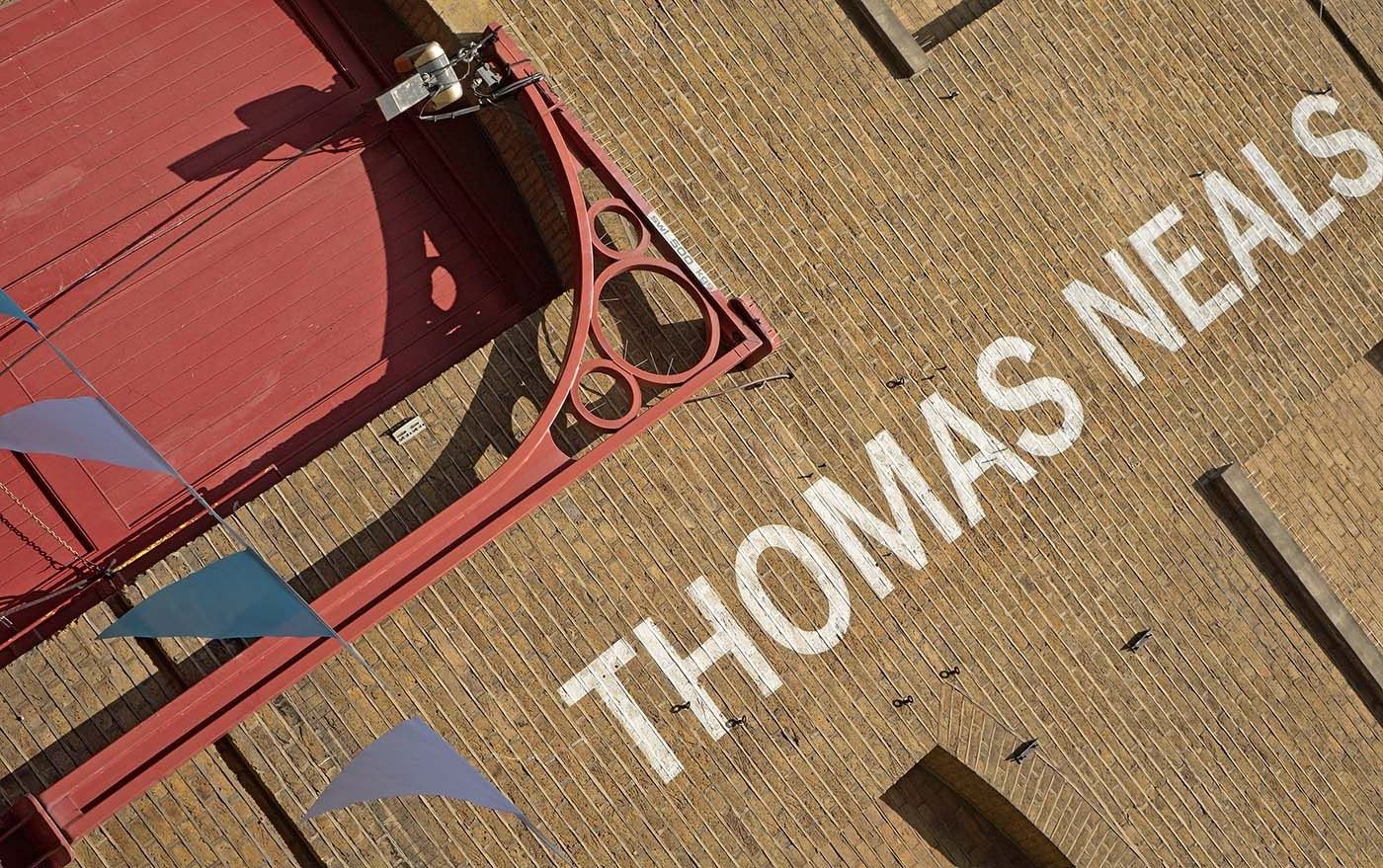
The Unique Character of Seven Dials
The core Seven Dials Conservation Area is one of the most compact and distinctive pieces of townscape in the 17th, 18th and 19th century patchwork that makes up the West End of London.
The Unique Character of Seven Dials
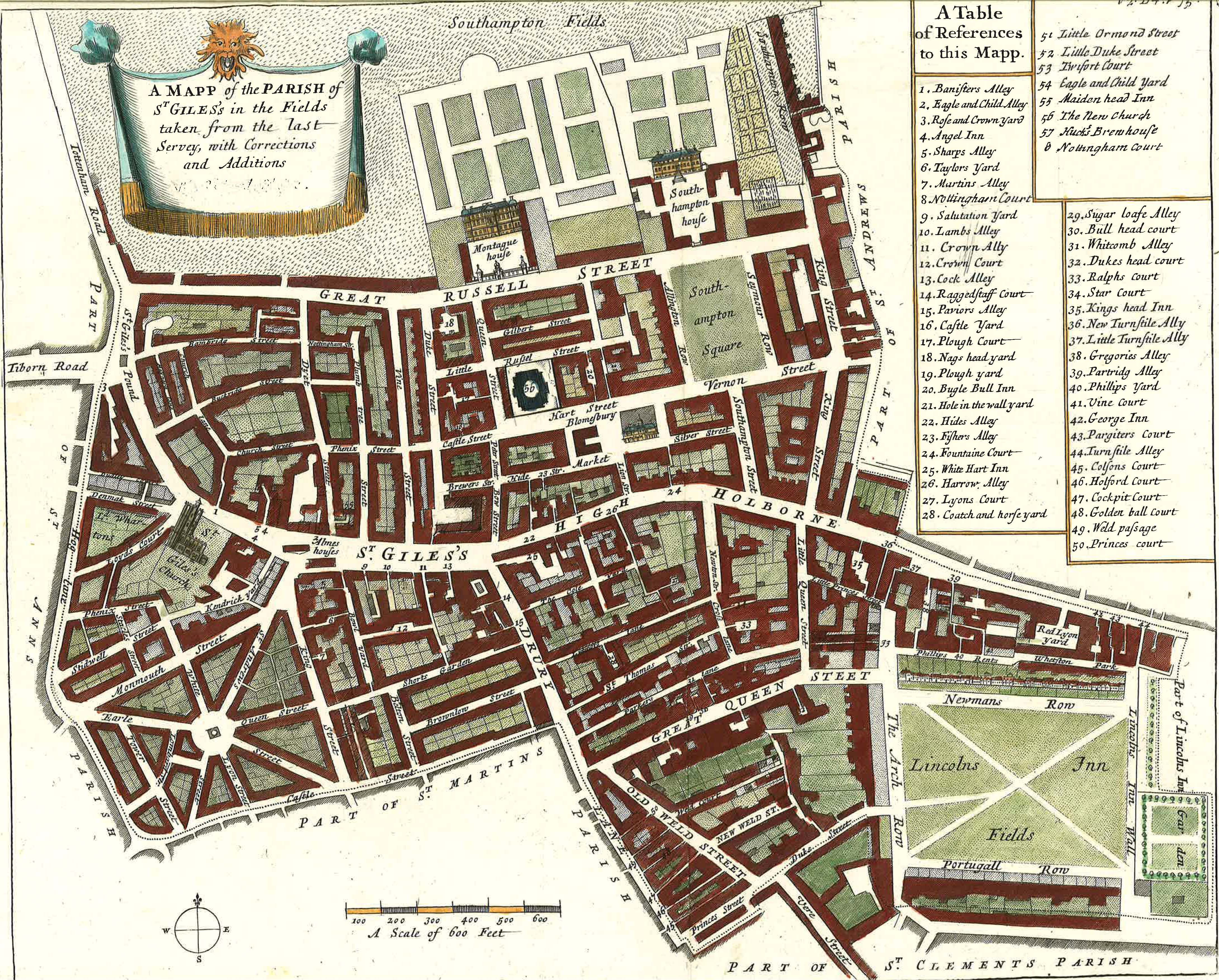
A Brief History of Seven Dials
Seven Dials is the only quarter of London remaining largely intact from late Stuart England – the late 17th century. It was the creation of two of the century’s most extraordinary figures, Thomas Neale MP (1641-1699) and Edward Pierce (1630-1695).
A Brief History of Seven Dials
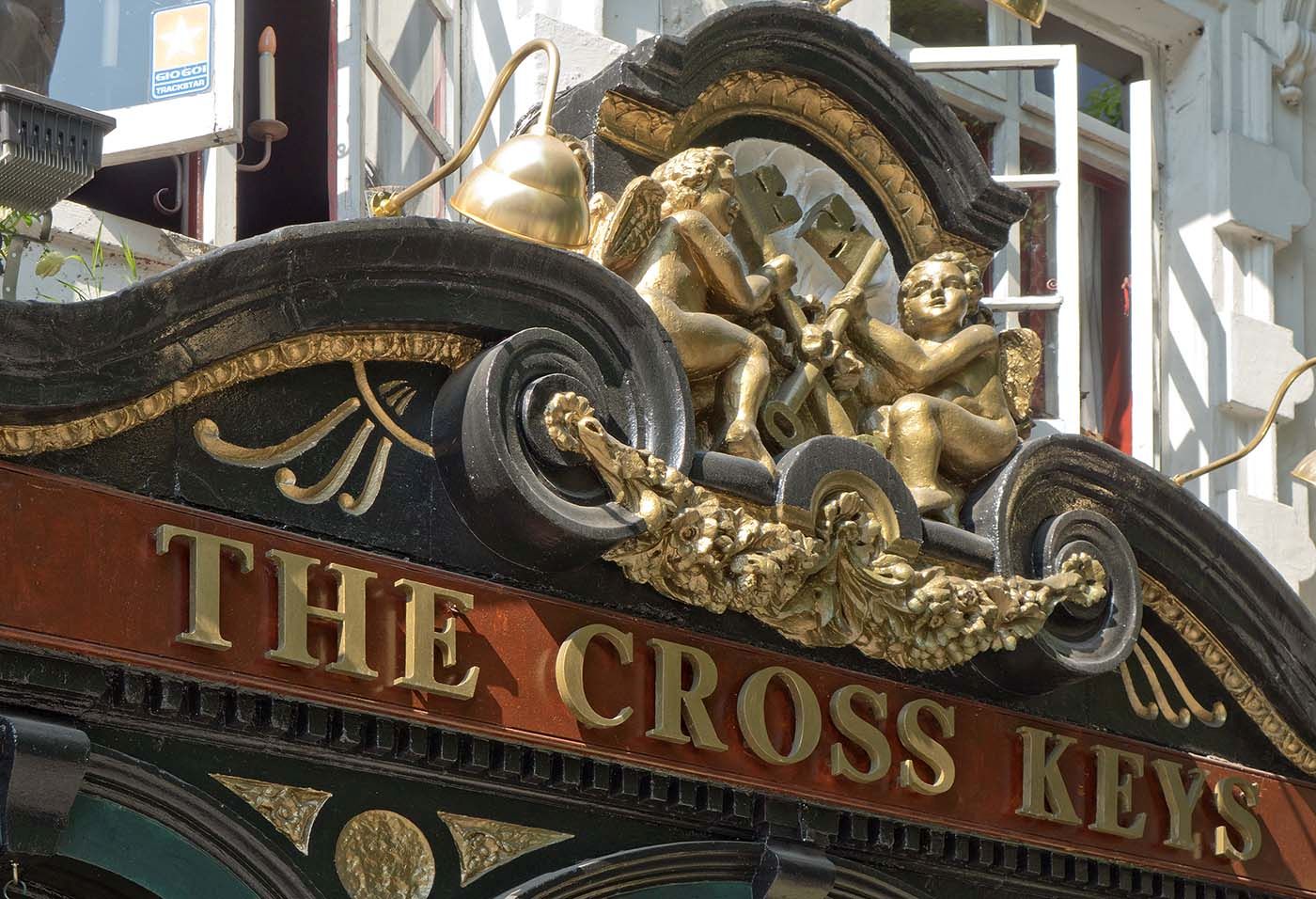
Planning and Licensing Policy Context
The planning system can seem overwhelmingly complex. This is partly due to the many layers of planning policy and the many actors involved in developing, implementing and enforcing those policies.